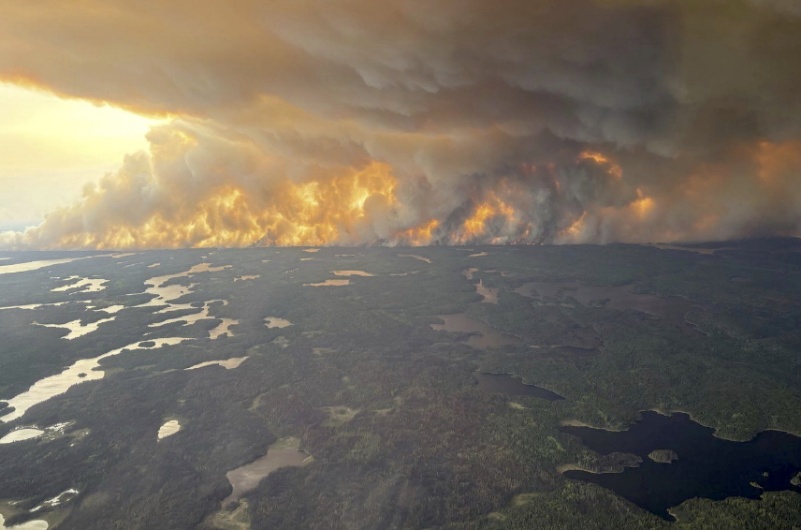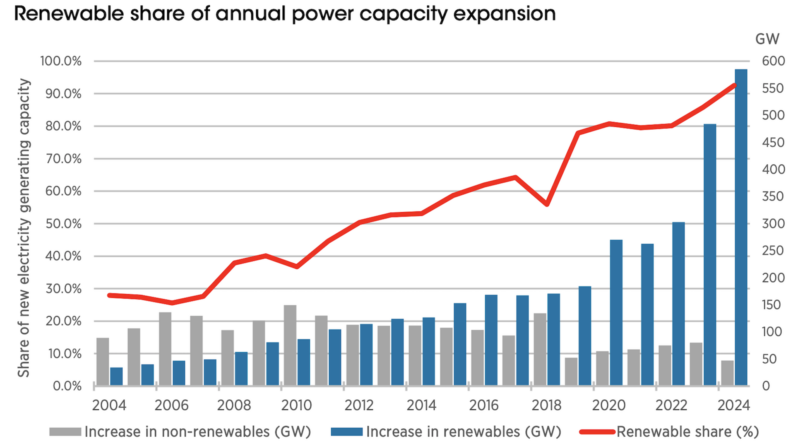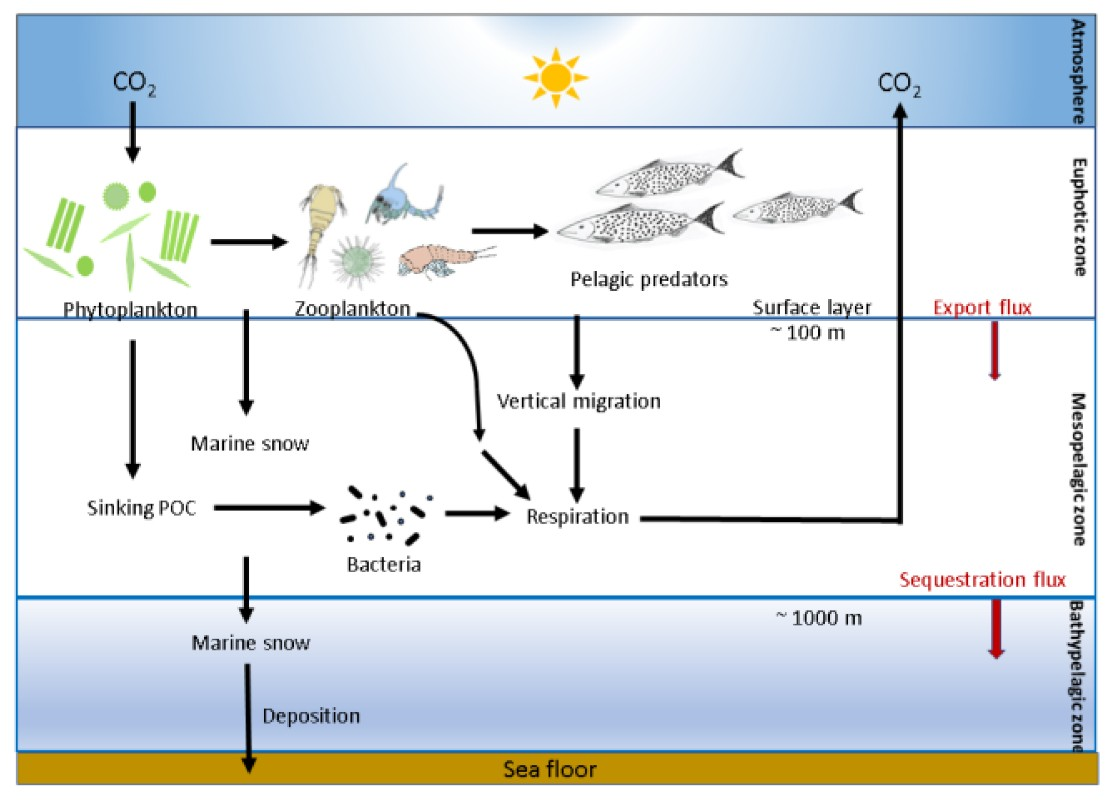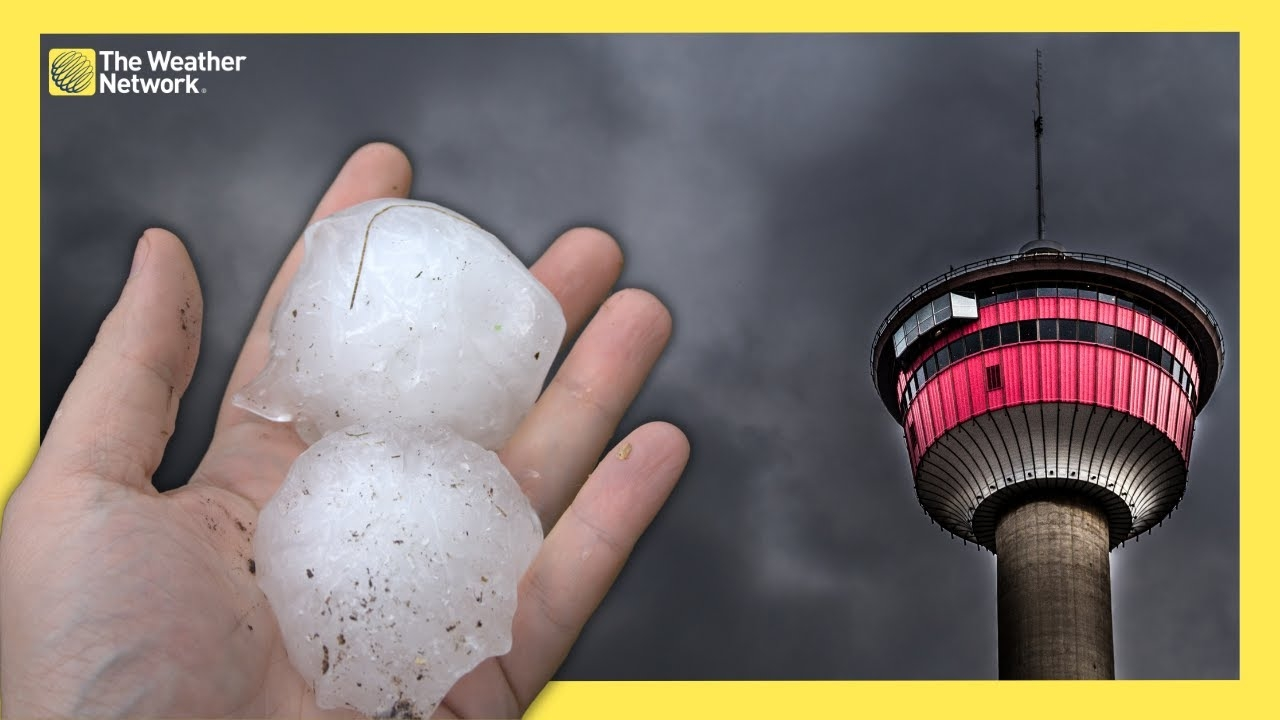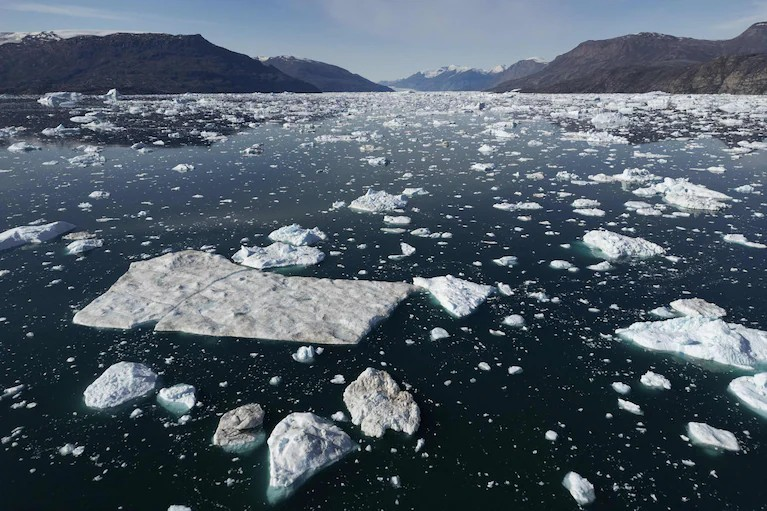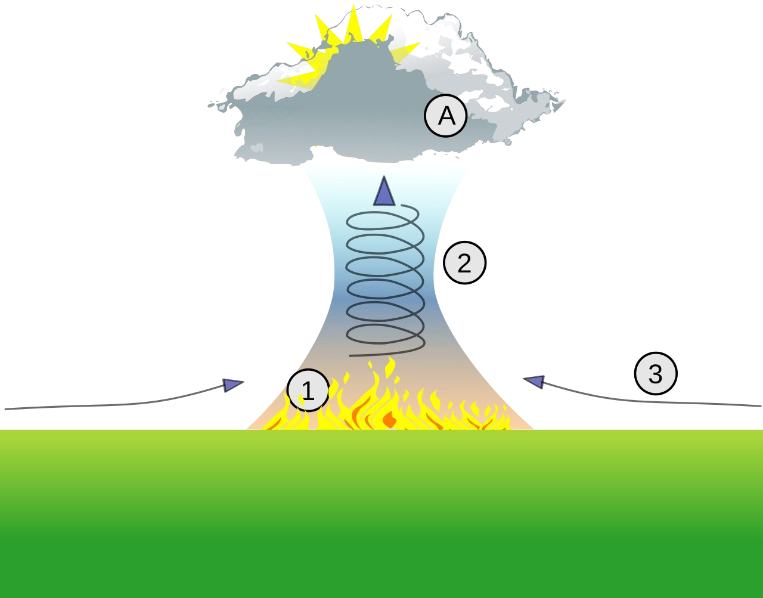Climate Emergency Data
The Institute's Scientific Analysis
June 2025 - Planet Earth is Still Warming and the Effects Are Obvious
This May, and early June, has been a busy period from a global climate change and global warming perspective. It has even touched most of us here in the North Country. Most of us will have noticed the haze in the air in recent days and health alerts issues by different state and Federal agencies. Yes, these are tiny particles from enormous forest fires in northwest Canada some 2,000 or more miles away. See NYSDEC Air Quality Index [AQI] which is updated daily. For comparison purposes, the entire Adirondack Park consists of six million acres of private and state land.... Read Full Article
May 2025 - With Warming Climate, Planting Zones Are Changing: Animals Are Noticing Too
With Warming Climate, Planting Zones Are Changing: Animals Are Noticing Too When it comes to science, when it comes to climate, data is always involved to help tell the story, and what a story it is. The implications are enormous. At the beginning of this planting season our warming temperatures offer some new planting opportunities. Note the chart titled, “Albany, NY Warming Planting Zones” from Climate Central that was published April 30, 2025. This chart may look simple but it has a lot of information packed into it so let’s start. The U.S. is divided into 13 plant hardiness zones... Read Full Article
April 2025 - Renewable Energy; Good News, Really!
Renewable Energy; Good News, Really! Now, let us look at some good news. Renewable energy had a great year in 2024, worldwide, and contributed 92.5% of new power capacity to the different grids. It is dominating new power generation worldwide. “This is not even a competition anymore” per Zachary Shahan of CleanTechnica. Some 585 gigawatts [GW] or [585,000,000,000 watts] of renewables were added and represents 15.1% annual growth. This data is courtesy of IRENA [International Renewable Energy Agency]. Let’s look at the bar chart titled, “Renewable share of annual power capacity expansion.” The calendar year is at the bottom of the graph [from 2004 to 2024] and... Read Full Article
March 2025 - Climate News and Weather Forecasts, but Climate Data May Be Hard to Find
Climate News and Weather Forecasts, but Climate Data May Be Hard to Find With a large loss [hundreds at least] of employees, some very experienced, we can expect delays in the gathering, distribution and interpretation of weather and climate data. The pending closure of the NOAA Center For Weather And Climate Prediction at the University of Maryland is one example of the challenges ahead. See photo: Michael A. McCoy/Bloomberg via Getty Images. NOAA's Center for Weather and Climate Prediction headquarters in College Park, Md. Photo: Michael A. McCoy/Bloomberg via Getty Images. The Meteorological Office in the United Kingdom is still open for business, as are others... Read Full Article
February 2025 - The Data Still Stands: Unlike Ice It Will Not Melt Away
The Data Still Stands: Unlike Ice It Will Not Melt Away Let’s talk about data. Just the facts. These data are information gathered by satellites, instruments on the ground [thermometers, wind speed gauges, etc.], lasers and the many other ways humans use to measure real things. These measurements taken over a period of time can be graphed, charted, tabled, and otherwise presented to show trends such as global temperature changes, ice cover loss [or gain], rainfall amounts and so on. When citizen scientists, scientists, teachers, students, meteorologists, and more gather all of this information on our planet, it is presented... Read Full Article
January 2025 - Information and Individuals Matter; and More Progress
Information and Individuals Matter; and More Progress Cordelia Baehr is not exactly a household name. However, she is a person with an education, a career, curiosity, and a desire to make positive changes. In 2015, as a young lawyer in Zurich, Switzerland she read about the 2003 heat wave in Europe that killed an estimated 70,000 people. As she went over the data she noted “that older women died at much higher rates during that disaster, and they are especially vulnerable to the impacts of climate change.” [Nature, p554, Vol 636, 19/26 December 2024 and Photo]. Photo Credit: Gaetan Bally/... Read Full Article
December 2024 - Earth’s Climate System: Complex, But Our Understanding Grows
Earth’s Climate System: Complex, But Our Understanding Grows North Country. According to NOAA [National Oceanographic and Atmospheric Administration], “As plants and animals near the surface of the ocean die and decay, they slowly fall toward the seafloor, just like leaves and decaying material fall onto a forest floor. In addition to dead animals and plants, marine snow also includes fecal matter, sand, soot, and other inorganic dust.” And, … this “snow” is also the primary source of energy for deep sea creatures. The Schematic with the image of the sun at top, and “Sea Floor” on the bottom is from... Read Full Article
NOAA's 2024 Arctic Report Card says tundra is now a net source of carbon to the atmosphere
Holistic pan-Arctic carbon assessment reviews the climate drivers impacting carbon storage and emissions across the Arctic region, including thawing permafrost and wildfires Read Full Article
November 2024 - The Oceans, Their Complexity and Their Major Role in Earth’s Climate
The Oceans, Their Complexity and Their Major Role in Earth’s Climate The first image here is not a bowl of spaghetti though it may perhaps look like one. They are not Ramon noodles nor elbow macaroni either. If one looks closely, the east coast of North America is visible in the upper left-hand portion, with the North Atlantic Ocean to the right. Here we notice lots of circles, eddies and lines all across the ocean surface. These lines and shades of color show different water temperatures, and they are all higher than normal. The image, published in “Live Science” on... Read Full Article
October 2024 - Warmer Ocean Waters, Climate Tidbits, Renewables and More
Warmer Ocean Waters, Climate Tidbits, Renewables and More Disdrometers. This is probably a new word for most of us, except for perhaps, meteorologists. A disdrometer is a relatively new instrument that measures hailstones up to about 3 inches in size, and provides information on the number, and size distribution, and thus gets a measure of the energy of a falling hailstone event. The fact is that hailstones caused losses in the U.S. about $46 billion in 2023. This includes crops, vehicles, as well as home [ primarily roof] damage. And, a warming planet and climate change, appears to be increasing hail... Read Full Article
September 2024 - Earth Time is Changing and Renewables Too
Earth Time is Changing and Renewables Too Do you feel that things are moving a bit slower of late? Not a lot but just a little. Because they are. It turns out that our planet is spinning just a little bit slower than it has in the recent past. Just as an ice or figure-skater can raise their arms and spin faster, and then lower them to their waist to spin slower, so it is with planet Earth. For millennia ice has built up in Greenland, the northern regions, and the Earth’s poles in enormous quantities. But that has changed of late due to... Read Full Article
August 2024 - New Vocabulary, Intense Rainfall, Renewables, and Then Norway
New Vocabulary, Intense Rainfall, Renewables, and Then Norway Pyrocumulonimbus clouds. Now that is the word of the day. Pronounce it please, and get familiar with it, as we will be seeing this in print more frequently in the future. Those vocabulary wonks among us might enjoy its technical name, cumulonimbus flammagenitus [CbFg]. According to Dr. Flannigan at University of British Columbia, “They are by far the most intense fires in the world.” See Wikipedia for additional information. It is a relatively new cloud classification and the pyro portion obviously has to do with fire. What firefighters and scientists are finding is that some of the... Read Full Article
Get Climate Science News from ICSUSA.org
Stay informed with the latest climate science news from NASA, NOAA, and other trusted sources.

